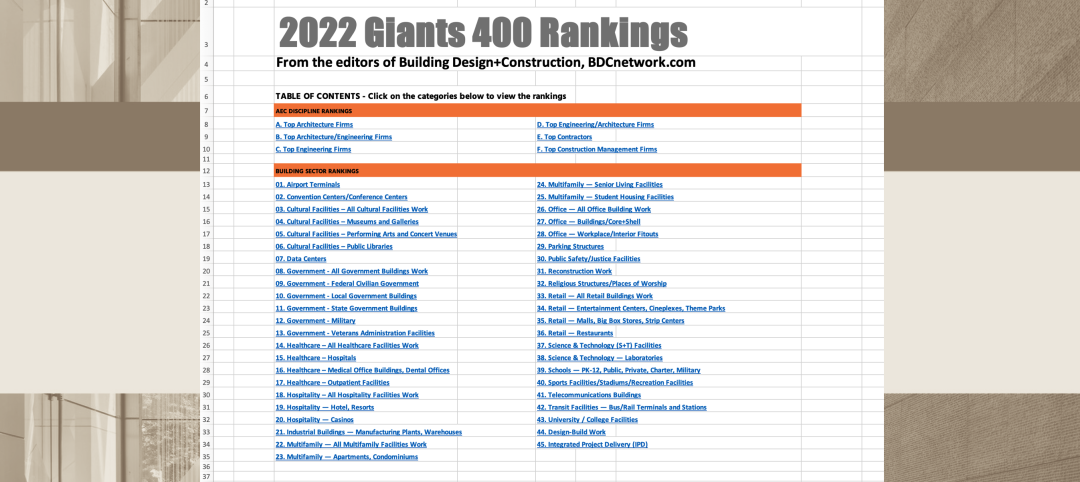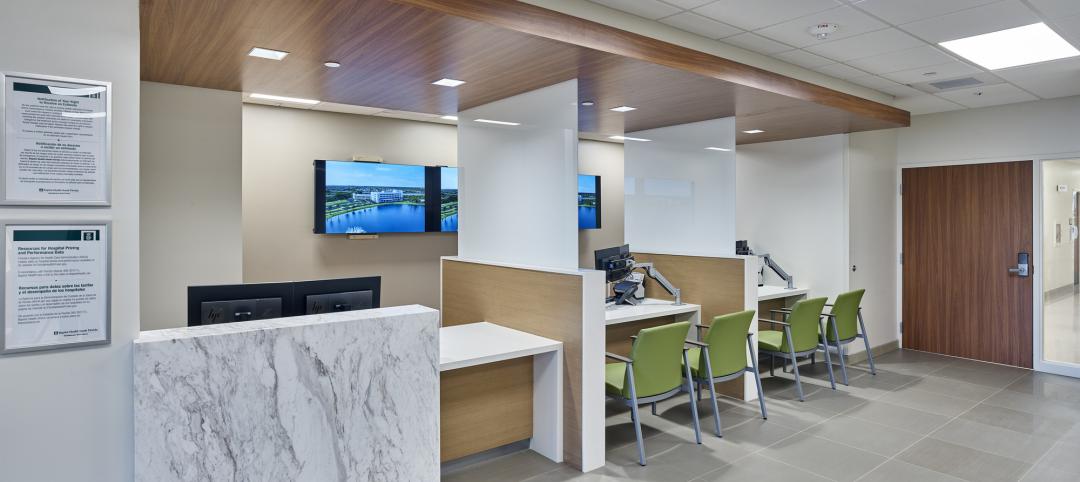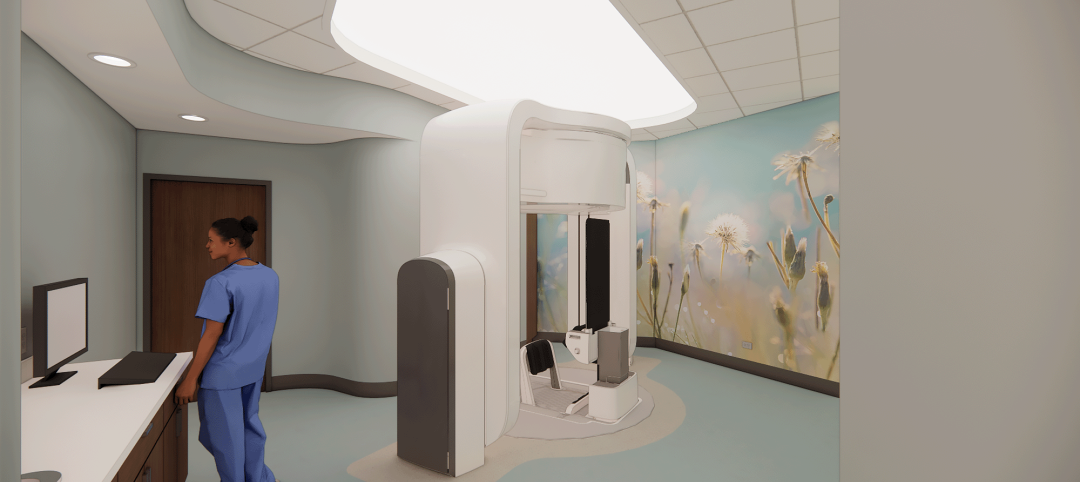Companies are realizing the importance and benefits of supply chain management to boost service, improve financials, and reduce operating costs. Efficient supply chains enable companies to be more competitive in the marketplace. Effective supply chain organizations are designed to deliver goods and services fast, cost effectively, and without compromising quality. Optimized and modern supply chain organizations align strategically with end-to-end business processes, realizing market and economic value and providing a competitive business advantage.
CBRE’s Project Management (PJM) platform delivers exceptional outcomes through its strategic supplier partner program, FUSION. With an estimated annual project spend nearing $75 billion globally, CBRE PJM relies on the value of the FUSION program to provide:
• Exceptional project delivery
• Accelerated completion of various capital expenditure projects
• Harnessed buying power of CBRE collectively
• Best-value solutions
Delivering Exceptional Outcomes
Organizations are often consumed with low-cost solutions. Although cost savings are appealing, it’s important to consider a holistic approach to offering best-value and total cost of ownership. If procured goods or services are predicated on unit price alone, there is a myriad of ancillary benefits that most strategic suppliers struggle to offer due to the inability to scale and invest with the needs of the business, or as demand fluctuates. In fact, average acquisition costs account for roughly 20–35% of total cost for most products and services. The balance and majority of total cost is comprised of costs associated to operations, training, maintenance, warehousing, environmental, quality, transportation, and consideration for the salvage value. By contrast, the FUSION program is a tool to enhance operational performance and ensure objectives are met on time and under budget. The program is extremely flexible with client needs allowing project-based solutions to offer the most favorable outcomes. FUSION is not only a mechanism to leverage spend, but a marketplace differentiator built by purchasing category and on the comprehensive foundation of:
• Speed to market
• New product innovation
• New product development
• Increased quality
• Best cost options
• Turnkey solutions
• Program scale
Early Engagement
With sufficient planning and early supplier engagement on projects, FUSION can maximize savings potential and accelerate project completion without compromising quality results. To capitalize on the benefits the program can offer, it’s critical to engage FUSION supplier partners at the onset of project design, or as initiatives are being conceived within architect and engineering (A/E) organizations in the planning phase.
Generally, optimal value is realized when early supplier engagement is employed at the first stages of concept development. An organization’s competitiveness depends on the amount, quality, cost, and timing of its materials and supplies, and the effectiveness of its supply chain. Factors include:
• Materials
• Prototypes
• Value-engineering
• Manufacturing processes
• Packaging
• Logistics
Considered a fundamental activity, CBRE actively engages its suppliers early as 80% of product costs are identified and committed to during the design phase.
Cost Savings
Hard cost savings and avoidances are paramount to any organization seeking to optimize its supply chain, but also to deliver value-added goods and services. With an emphasis on supplier relationship management in critical spend areas, FUSION supplier partners not only create sustained value for clients but constantly seek continuous improvement opportunities to develop a shared strategy and roadmap that include savings initiatives, new product offerings/development, and end-of-life materials. This collaborative approach lends itself well to delivering additional benefits that include:
• Extended warranties
• Extended payment terms
• Product availability and consistency
• Life-cycle services (sustainability initiatives)
• Reduction of operating costs
The ability to deliver double-digit cost reductions from one category of spend to the next has a profound impact on capital budgets and client outcomes. FUSION’s strategic supplier-partner program is heavily focused on various metrics including key performance indicators (KPIs), service level agreements (SLAs), continuous benchmarking, and spend analysis to deliver the greatest client experience with the most positive result.
Proactively Managing the Program
It’s important, if not critical, to ensure effectiveness measurements are in place to reflect the organization’s strategic contribution. As FUSION evolves, CBRE is continuously seeking to identify and deploy additional baseline metrics within the program. Which allows a more personalized approach in delivering metrics that tie back to each individual client, tailoring the output based on their needs.
Conversely, taking a “one-size fits all” approach may result in poor supplier performance and miss the mark on key client objectives and expected outcomes. These supplier measurement indicators will help create a cadence and sense of accountability that expands upon the day-to-day process, becoming more strategic in nature. Some examples used inside of the FUSION program include:
• Proportion of suppliers participating in early product design or other joint value-added activities
• Supplier lead-time indicators
• Savings achieved using the sourcing program
• Supplier quality levels, cost performance, and delivery performance compared to other world-class performance targets
• Best practices for supplier performance improvement
The outcome of proactively measuring on a continual basis will result in a program that can deliver strategic value from one project to the next, but also serve as a benchmark to assess current and future state needs and trends.
Conclusion
FUSION will evolve over time as CBRE’s corporate business needs and objectives continue to shift in support of its clients’ needs from a regional and global perspective. CBRE will continue to listen intently to its clients, solving various challenges and providing ultimate client solutions. FUSION, as a program and client delivery mechanism, is equally as adept in responding to those ever-changing needs through a best-value solution. Remember, early supplier engagement is crucial to not only create sustained value for clients but to also discover continuous improvement opportunities and cost savings initiatives.
About the Author
Terry Doumkos is the Global Leader of Strategic Sourcing Project Management and Global Leader of CBRE’s FUSION Program.
Related Stories
Intelligent Lighting | Feb 13, 2023
Exploring intelligent lighting usage in healthcare, commercial facilities
SSR's Todd Herrmann, PE, LEEP AP, explains intelligent lighting's potential use cases in healthcare facilities and more.
Giants 400 | Feb 9, 2023
New Giants 400 download: Get the complete at-a-glance 2022 Giants 400 rankings in Excel
See how your architecture, engineering, or construction firm stacks up against the nation's AEC Giants. For more than 45 years, the editors of Building Design+Construction have surveyed the largest AEC firms in the U.S./Canada to create the annual Giants 400 report. This year, a record 519 firms participated in the Giants 400 report. The final report includes 137 rankings across 25 building sectors and specialty categories.
Giants 400 | Feb 6, 2023
2022 Reconstruction Sector Giants: Top architecture, engineering, and construction firms in the U.S. building reconstruction and renovation sector
Gensler, Stantec, IPS, Alfa Tech, STO Building Group, and Turner Construction top BD+C's rankings of the nation's largest reconstruction sector architecture, engineering, and construction firms, as reported in the 2022 Giants 400 Report.
Healthcare Facilities | Jan 31, 2023
How to solve humidity issues in hospitals and healthcare facilities
Humidity control is one of the top mechanical issues healthcare clients face. SSR's Lee Nordholm, PE, LEED AP, offers tips for handling humidity issues in hospitals and healthcare facilities.
Augmented Reality | Jan 27, 2023
Enhancing our M.O.O.D. through augmented reality therapy rooms
Perkins Eastman’s M.O.O.D. Space aims to make mental healthcare more accessible—and mental health more achievable.
Hospital Design Trends | Jan 19, 2023
Maximizing access for everyone: A closer look at universal design in healthcare facilities
Maria Sanchez, Interior Designer at Gresham Smith, shares how universal design bolsters empathy and equity in healthcare facilities.
Fire and Life Safety | Jan 9, 2023
Why lithium-ion batteries pose fire safety concerns for buildings
Lithium-ion batteries have become the dominant technology in phones, laptops, scooters, electric bikes, electric vehicles, and large-scale battery energy storage facilities. Here’s what you need to know about the fire safety concerns they pose for building owners and occupants.
Healthcare Facilities | Dec 20, 2022
4 triage design innovations for shorter wait times
Perkins and Will shares a nurse's insights on triage design, and how to help emergency departments make the most of their resources.
Healthcare Facilities | Dec 20, 2022
Designing for a first-in-the-world proton therapy cancer treatment system
Gresham Smith begins designing four proton therapy vaults for a Flint, Mich., medical center.
Cladding and Facade Systems | Dec 20, 2022
Acoustic design considerations at the building envelope
Acentech's Ben Markham identifies the primary concerns with acoustic performance at the building envelope and offers proven solutions for mitigating acoustic issues.

















